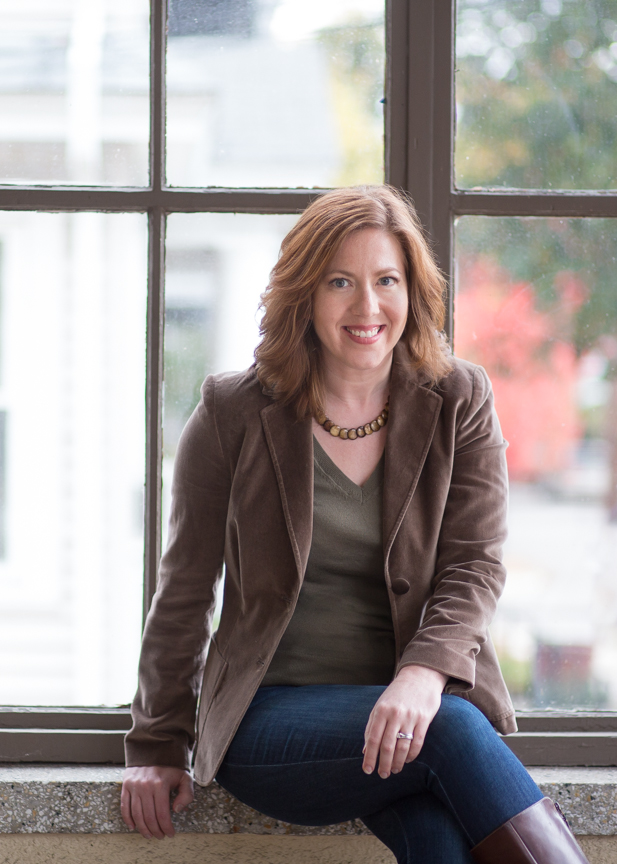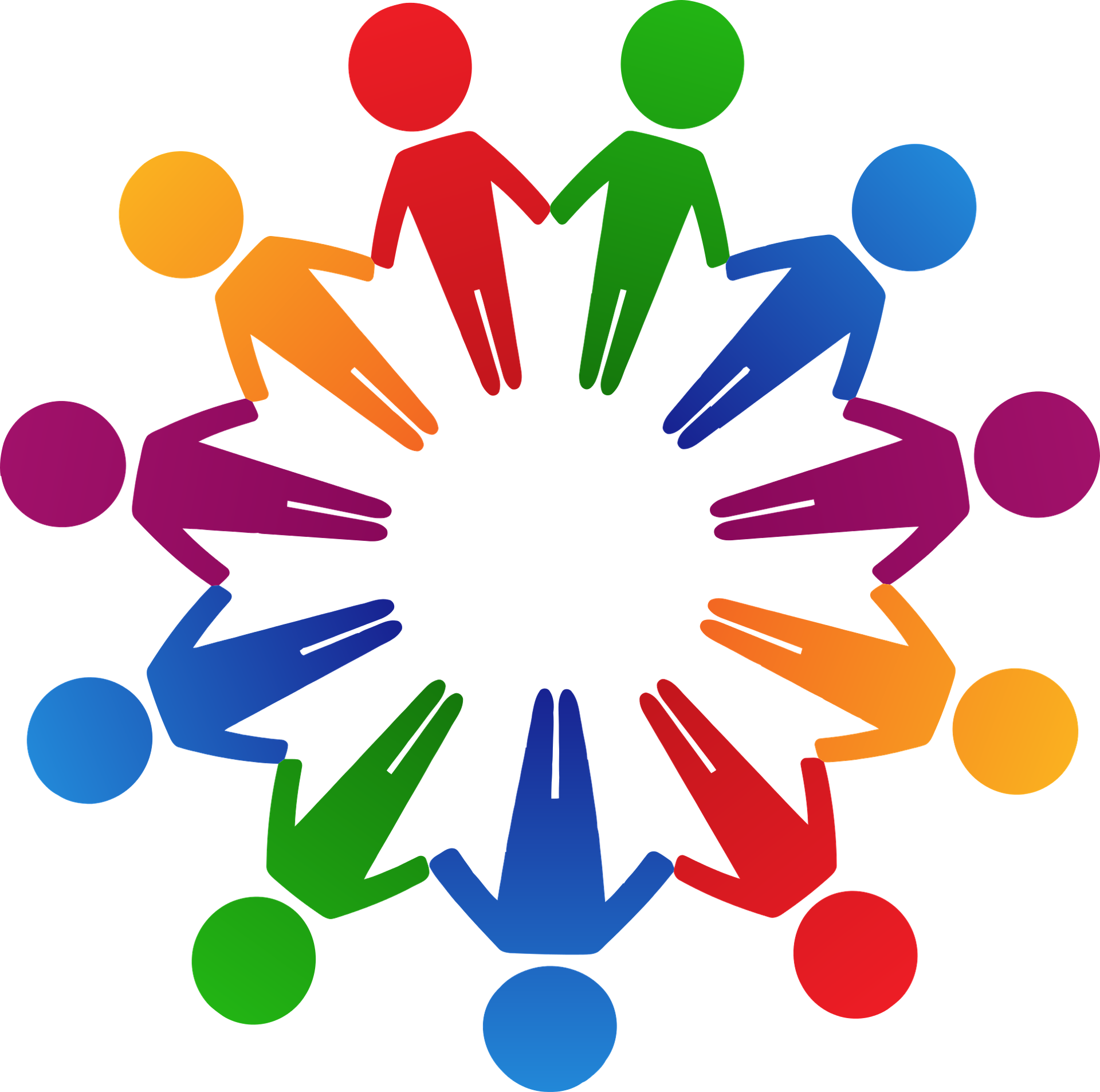 For nearly 20 years, Margot Bloomstein has shaped the content strategy industry. She’s the author of Content Strategy at Work: Real-World Stories to Strengthen Every Interactive Project (Morgan Kaufmann, 2012) and the principal of Appropriate, Inc., a brand and content strategy consultancy based in Boston. Bloomstein developed the message architecture-driven approach to content strategy now popular with many practitioners. Recognized in 2015 as one of Boston’s “40 Under 40,” Bloomstein shaped the communication of corporate social responsibility at Timberland, content for crisis response at Harvard University, and strategy for cultural tourism in the state of Nevada. She has spoken at events worldwide and teaches in the content strategy graduate program at FH Joanneum University in Graz, Austria, and earned a BFA in Design and Anthropology at Carnegie Mellon University. She also guest lectures at universities, where she especially likes to focus on her work for Lindt & Sprüngli. It offers a vital lesson: if you get the opportunity to work for a chocolate company, do it.
For nearly 20 years, Margot Bloomstein has shaped the content strategy industry. She’s the author of Content Strategy at Work: Real-World Stories to Strengthen Every Interactive Project (Morgan Kaufmann, 2012) and the principal of Appropriate, Inc., a brand and content strategy consultancy based in Boston. Bloomstein developed the message architecture-driven approach to content strategy now popular with many practitioners. Recognized in 2015 as one of Boston’s “40 Under 40,” Bloomstein shaped the communication of corporate social responsibility at Timberland, content for crisis response at Harvard University, and strategy for cultural tourism in the state of Nevada. She has spoken at events worldwide and teaches in the content strategy graduate program at FH Joanneum University in Graz, Austria, and earned a BFA in Design and Anthropology at Carnegie Mellon University. She also guest lectures at universities, where she especially likes to focus on her work for Lindt & Sprüngli. It offers a vital lesson: if you get the opportunity to work for a chocolate company, do it.
Trustworthy: How Smart Brands Beat Cynicism and Bridge the Trust Gap by Margot Bloomstein will be released in March of 2021 from Page Two Books. To regain the trust of consumers and citizens, marketers talk about empathy and authenticity. But how do you get beyond those buzzwords? Empower your audience to earn their trust. Smart organizations teach their audiences to evaluate product options, engage in continuous self-education, and make more informed choices and confident decisions. Airbnb, the FBI, TED, the United Kingdom Government Digital Service, New York Times, America’s Test Kitchen, local election commissions, and other organizations use creative direction and content strategy to empower their audiences through education and engagement. Examining what works among these teams of all stripes and sizes, Bloomstein casts a broad net to interview copywriters, designers, creative directors, and CMOs—people in the trenches who work to build trust through content and design. Bloomstein’s approach offers an opportunity for organizations to lead the way out of the downward spiral of cynicism toward something far more productive: hope.
Audrey Arnold: What inspired you to write Trustworthy: How Smart Brands Beat Cynicism and Bridge the Trust Gap?

Margot Bloomstein: A few years ago, I realized I knew too many people who had given up. They’re friends who scoff and say “all politicians lie,” “you can’t trust the news”—or just sneer “well, that’s how they get you!” They take comfort in cynicism, which seems increasingly common—and dangerous. Today, we see how many people are mired in cynicism, succumb to gaslighting, and seem to act against their own interests in how they shop, vote, or engage public services. Undermining the economy, public health, and personal wellness, cynicism has eroded trust in every industry. I was inspired to find a path forward—and started to find examples of smart organizations that are charting that path through education, empowerment, and vulnerability.
Audrey: What was the biggest thing you learned while writing and doing research for the book?
Margot: I learned that smart organizations—companies that stand a chance to survive and thrive—walk in partnership with their audiences to bring them along on the journey. In that regard, successful brands are more alike than they are different. I spoke with creative directors and CMOs from brands in wildly diverse industries, but that common theme surprised me. In government offices, retail brands, and software startups, I found courageous examples of embracing vulnerability in imagery and editorial style. I heard countless stories of the ways brands unpack expertise and vision to make it more accessible and engaging for their audiences. They go beyond user research, user-centered design, or attempts at empathy or authenticity. In researching these organizations, I pulled out common threads that weave together in partnership and empowerment.
Audrey: Were there any challenges you had to overcome during the process?

Margot: When I first began researching this topic in 2016, my focus was narrower because the blast radius of affected industries was narrower. Over the past few years, our understanding of trust has changed. Who we trust to bring us reliable information about news, science, public health—that’s all changed. But it’s futile to contain the zeitgeist in an abstract, research schedule, or the covers of a book; the point of my book and framework I propose has become increasingly relevant with every news cycle. I just tried to grab the reins and hold on for the ride.
Audrey: In today’s world, we see marketing everywhere – on the TV, driving down the road, and even on our mobile devices and computers – how does your book help marketers stand out?
Margot: Amid an increasingly chaotic and unpredictable world, Trustworthy will help marketers understand how they should prioritize their efforts and budgets to help their organizations, audiences—and our broader culture.

Audrey: What do you hope readers will take away from your book?
Margot: Unless we address trust and earn it through consistent, accountable communication, every other investment in marketing, sales, or audience persuasion is a waste—and moreover, may undermine brand value. That’s why smart organizations work to build rapport and empower their audiences. But smart, socially conscious individuals champion this work, too: it helps them, the organizations they represent, their customers, and society itself. This is how we get better together.
